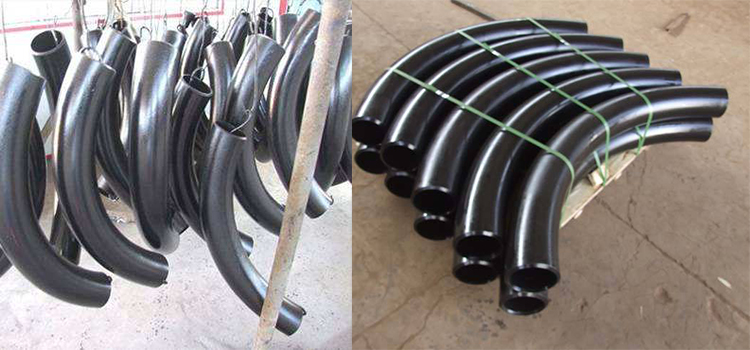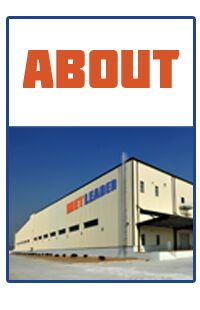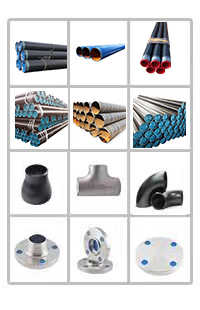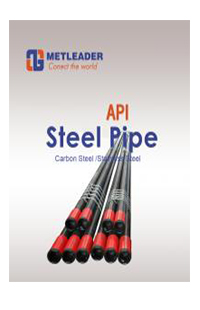Carbon steel pipe bend defects and hydraulic test
Carbon steel pipe bend defects and hydraulic test. The presence of bend defects can have a large negative impact on the quality of the pipe bend . The thinning of the pipe wall will inevitably reduce the ability of the pipe to withstand the internal pressure and affect its performance; the distortion of the cross-sectional shape of the curved pipe may cause the cross-sectional area to decrease, thereby increasing the resistance of the fluid flow, and affecting the pipe fitting on the other hand. The functional effect in the structure; the wrinkling of the inner wall of the pipe not only weakens the strength of the pipe, but also easily causes the velocity of the flowing medium to be uneven, and the eddy current and the curved part accumulate dirt, which affects the normal use of the pipe bend ; the rebound phenomenon inevitably causes the pipe to bend. The angle is greater than the predetermined angle, thereby reducing the bending process accuracy. Therefore, corresponding measures should be taken before the bending to prevent the above defects from being generated to obtain the ideal pipe fittings to ensure the performance indexes and appearance quality of the products. Under normal circumstances, for the several common defects mentioned above, the following measures can be taken in a targeted manner:
(1) For pipe fittings with severe flattening outside the arc, the compacting die can be designed as a structure with anti-deformation grooves when the coreless elbow is made: when performing the cored elbow, the appropriate mandrel should be selected ( If necessary, a flexible mandrel assembled from a multi-section mandrel can be used, properly installed, and the tube groove axis of each component is at the same level when the mold is installed.
(2) The thinning of the outer side of the arc when the small radius bend is determined by the process characteristics of the bend is inevitable. In order to avoid excessively large amount of thinning, a commonly used effective method is to use a pipe bending machine with a pushing device on the side or a pushing device at the tail to compensate for the partial resistance of the pipe during bending and improve the pipe by boosting or pushing. The state of stress distribution on the cross section causes the neutral layer to move outward, thereby achieving the purpose of reducing the amount of thinning of the tube wall outside the tube.
(3) For the case where the outer arc of the pipe is bent, firstly, the pipe should have a good heat treatment state, then check whether the pressure of the compression die is too large, and adjust the pressure to be appropriate. Finally, the mandrel and the pipe wall should be ensured. There is good lubrication between them to reduce the bending resistance and the friction between the inner wall of the pipe and the mandrel.
(4) For wrinkling inside the arc, take corresponding measures according to the wrinkle position. If the front cut point is wrinkled, the position of the mandrel should be adjusted forward to achieve reasonable support for the tube when the tube is bent: if the back point is wrinkled, anti-wrinkle should be added to make the anti-wrinkle block installed correctly and If the inside of the arc is all wrinkles, the diameter of the mandrel used is too small, so that the gap between the mandrel and the pipe wall is too large, or the die force is too small to make the pipe It fits well with the bending die and the anti-wrinkle during the bending process. Therefore, the mandrel should be replaced and the compression mold adjusted to make the compression force appropriate.
Previous:Why do forging flanges need heat treatment?
Next:What is ERW steel pipe and HFW steel pipe?
Next:What is ERW steel pipe and HFW steel pipe?









